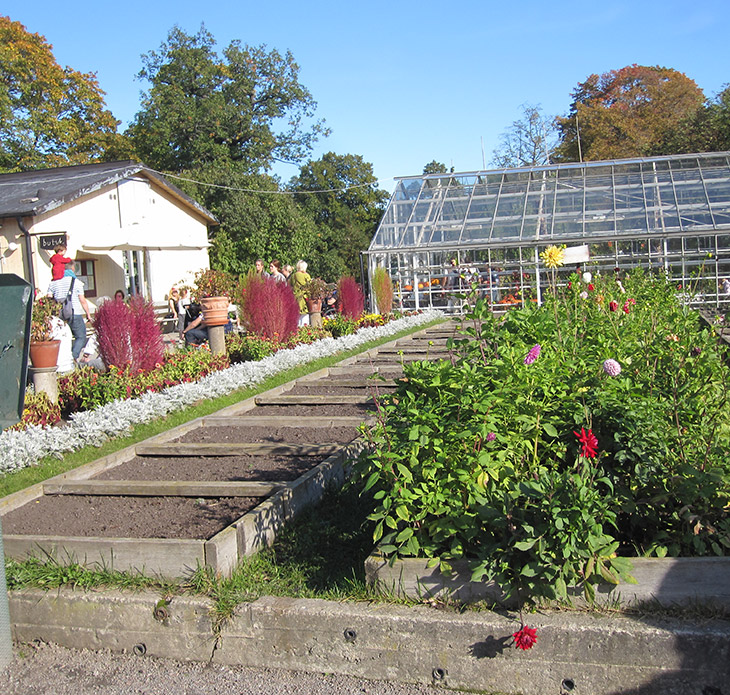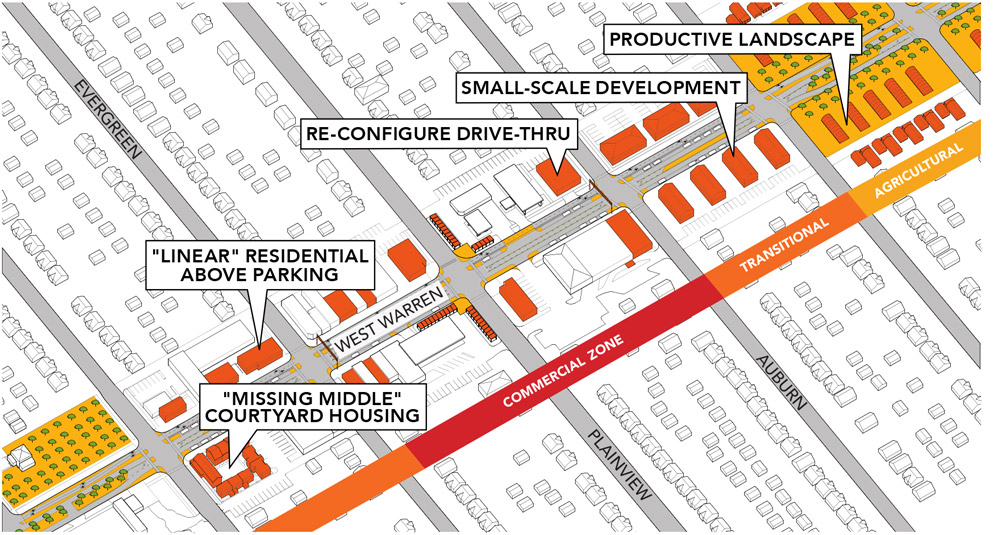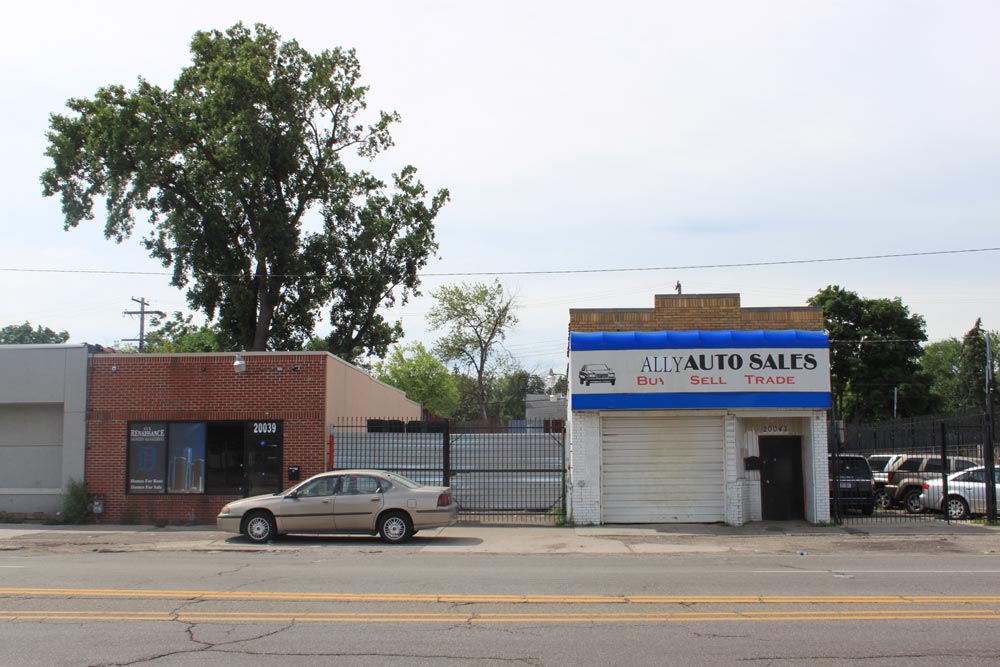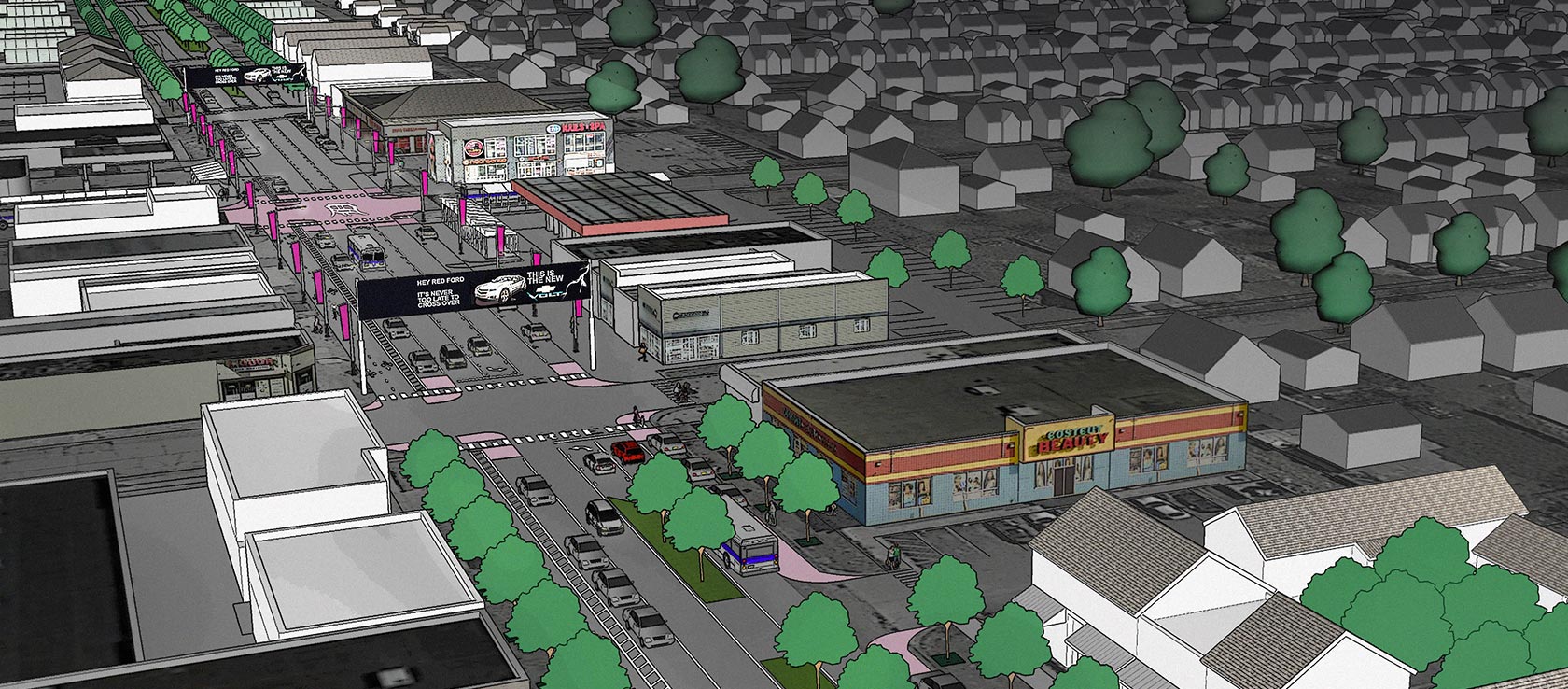Neighborhood Planning
West Warren
Strengthen a Neighborhood Center While Transitioning the Adjacent Corridor into a landscape-based economy
Creating a neighborhood center anchored by pedestrian-oriented retail and community services.
Project Details
- Location: West Warren & Evergreen
- Architects:
- Farr Associates

Vision for the Future
At their pre-World War II peak, Detroit’s commercial streets were filled with a continuous “street wall” of businesses. Due to big box destination stores and on-line shopping, storefront commercial enterprises have changed greatly, resulting in an ever-decreasing demand for brick and mortar retail establishments. The West Warren site is an exemplary case study for how Detroit might address its many miles of underutilized commercial corridors, especially those in areas with depopulating neighborhoods. To ensure long-term success for the surrounding neighborhood, the West Warren commercial corridor needs to be upgraded to a “complete street”- a street designed and operated to enable safe access for all users, including pedestrians, bicyclists, motorists, and transit riders of all ages and abilities - that supports three primary urban strategies: Missing Middle, Diverse Tenants, and Productive Landscapes.



As one moves away from the West Warren corridor, the vacant lots in the adjacent neighborhood corridor will transition into a productive landscape-based economy.







